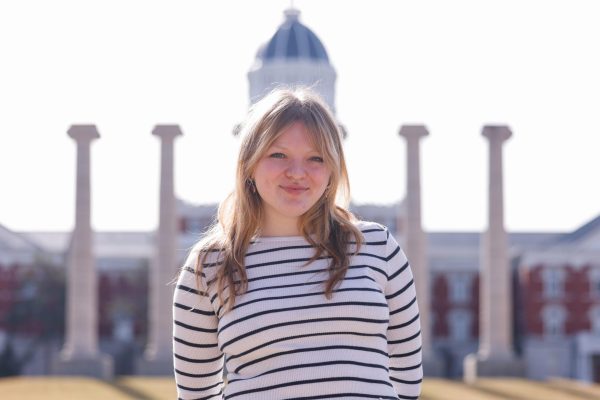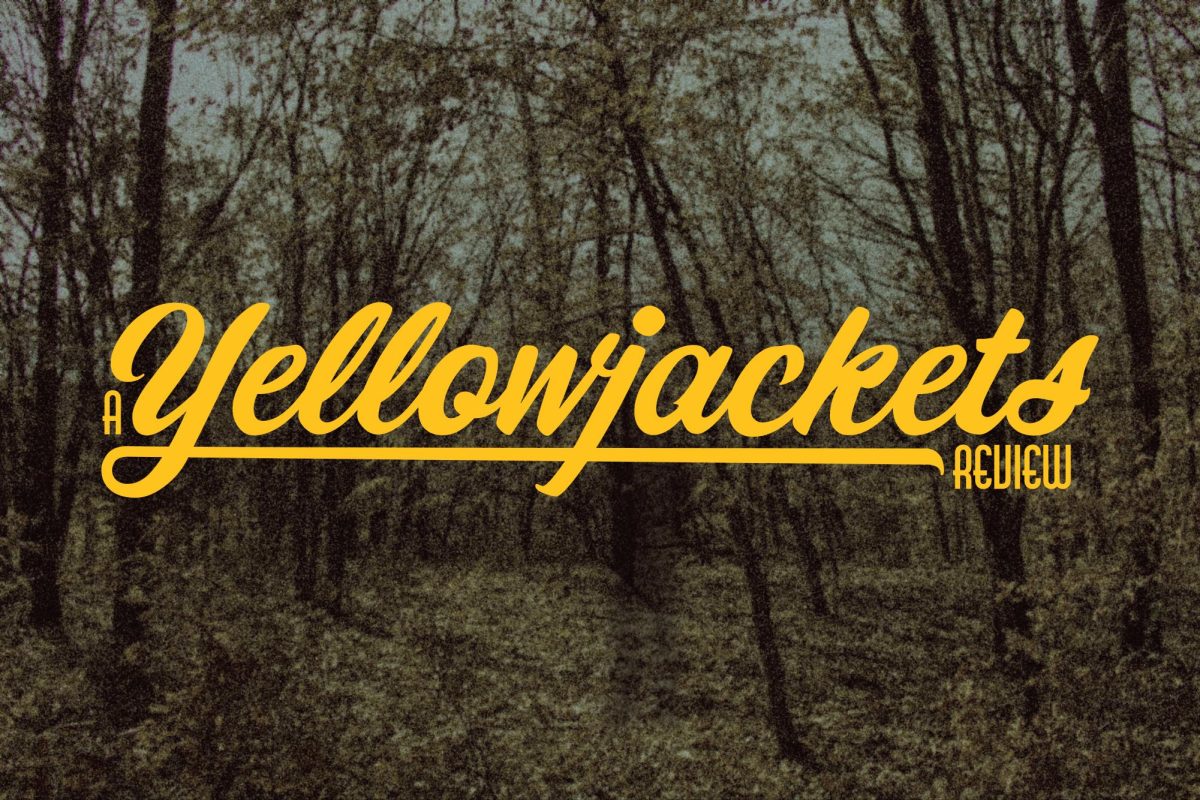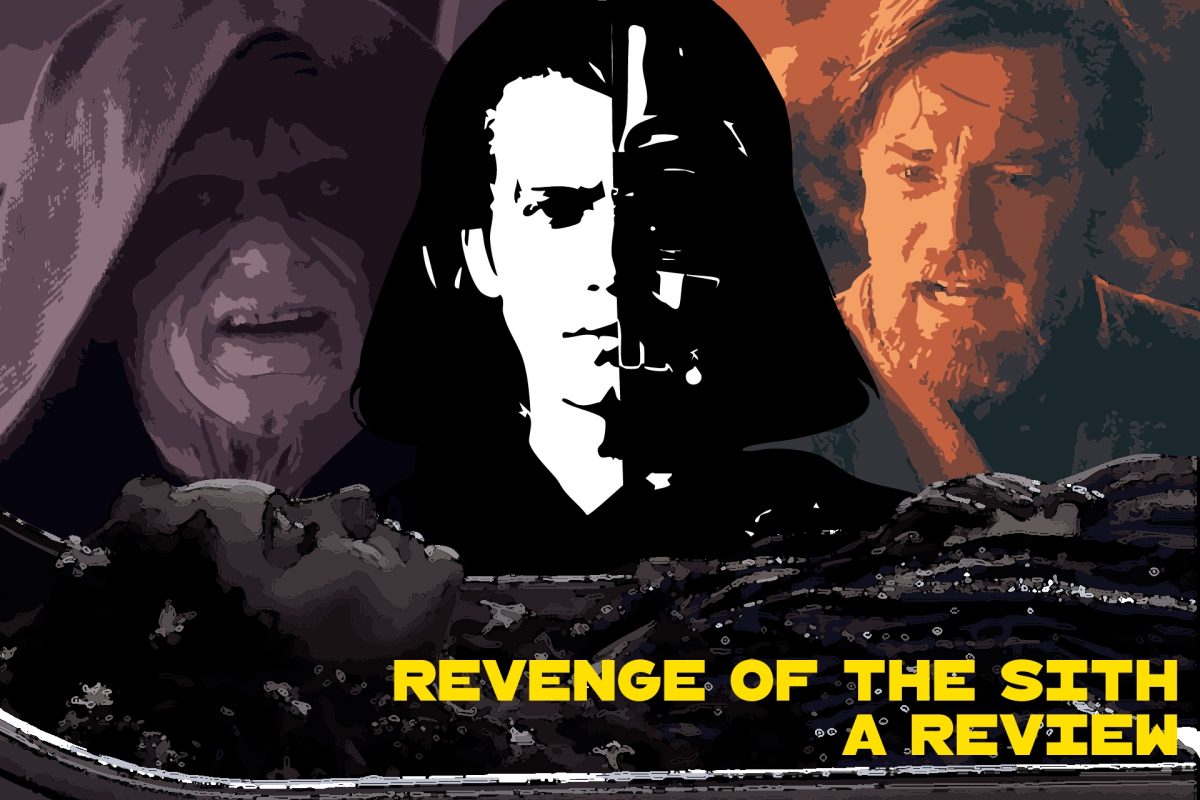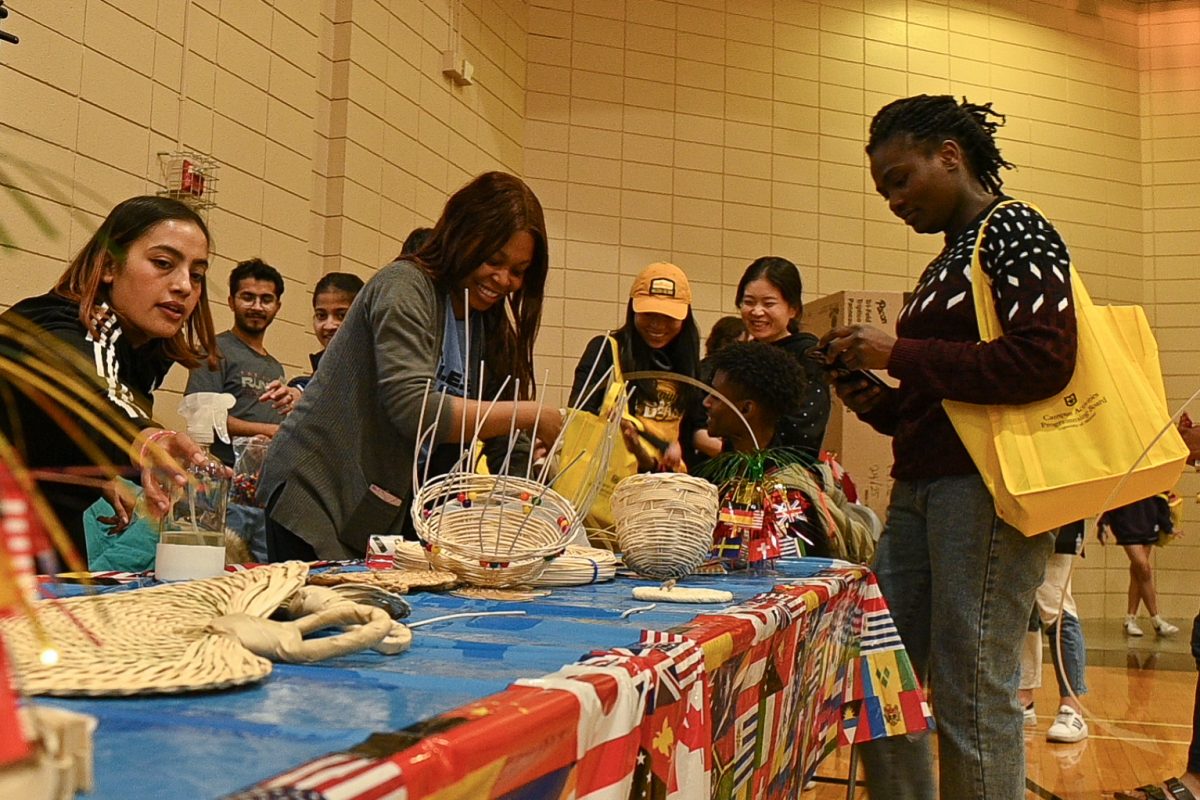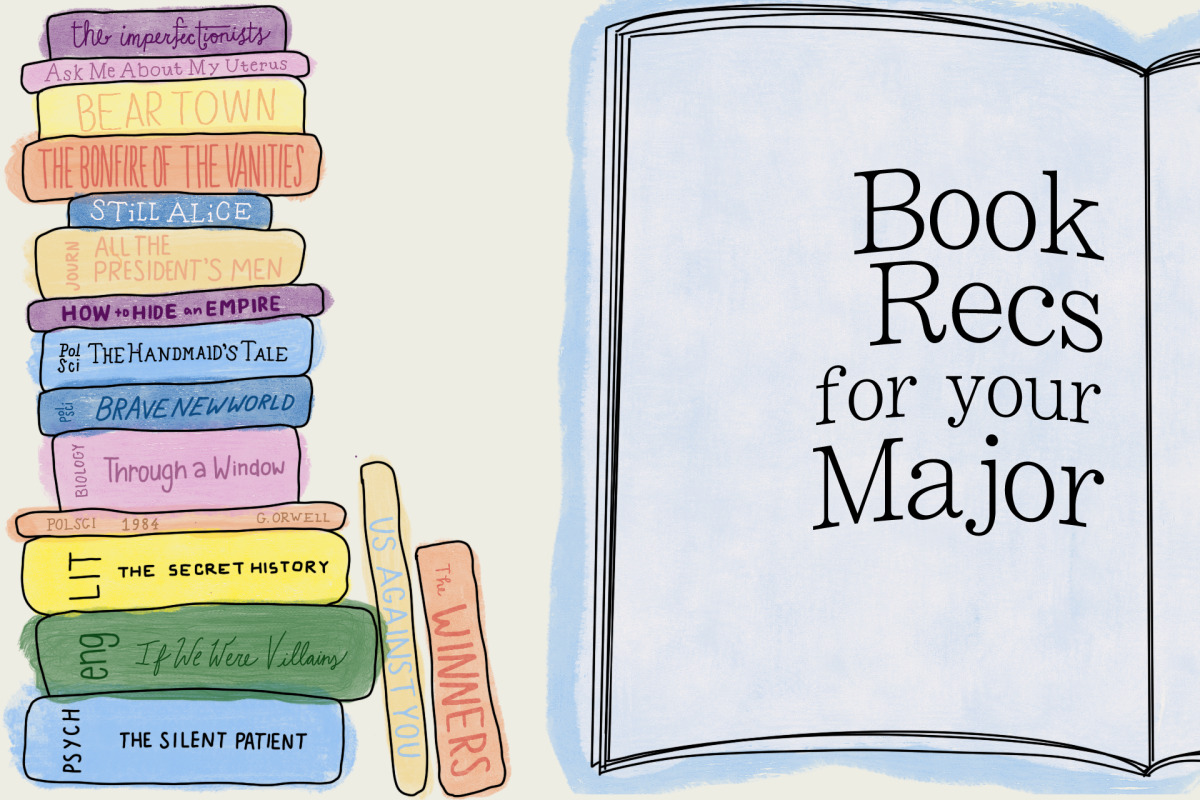A student journalist’s take on a film following war photographers in a dystopian America
Content Warning: This review contains mention of sensitive topics such as graphic violence and war
A student journalist sits cross-legged in front of a screen at Ragtag Cinema, notebook in hand. She hopes to see herself in this film, in these accomplished war photographers in the wake of a crisis on their own soil.
Instead, she will leave shaking.
Alex Garland can craft a dystopia like no other; the writer and director of “Civil War” also worked on films such as “Ex Machina” and “Annihilation,” all near-future hellscapes.
Upon seeing Cailee Spaeny playing Jessie, an aspiring young journalist, I immediately identify with her — getting too close, making mistakes and getting hurt because of it. After our brief introduction to her, we are jolted by a bomb exploding in the middle of protesters, killing both civilians and police.
The explosion occurred during an interaction between Jessie and Lee, played by the immeasurable Kirsten Dunst, whom I have never left a film feeling unsatisfied. Lee is an accredited photographer, one of Jessie’s heroes. This scene shows the difference in the characters’ age, maturity and experience in the field. Lee sees what will happen before it does, pulling both of them behind a car. Immediately after the bomb goes off, she gets back to work. Their contrasting abilities are a constant theme throughout.
The sound design in this scene was astounding. Complete silence filled the theater post-bomb, only the occasional camera click interrupted this ambiance.
Spaeny is the actress to watch out for in the next few years. I first saw her in her leading role in Sofia Coppola’s “Priscilla” as Elvis’ infamous wife. I saw her range as an actress in this film. There is a stark difference between Priscilla’s soft-spoken, straight out of the ‘60s, submissive manner and her real, modernness as Jessie. One thing about Spaeny — I always believe her wholeheartedly.
We follow the gang of journalists to Washington D.C. for their quest to interview the President — Jessie and Lee, as well as Wagner Moura as Joel and the charming Stephen McKinley Henderson as Sammy, who I loved in “Lady Bird” as the whimsical theater teacher. I saw similarities in these two performances, primarily in how much I wanted to give him a hug in both roles. Traveling in a van reading “PRESS,” we can expect many obstacles on their journey in classic adventure-action film style.
The attention to detail when it comes to the photography was arguably the most impactful part of “Civil War.” Cinematographer Rob Hardy cuts between combat scenes and the pictures the photographers take — Lee shoots with a digital camera, while Jessie opts for black and white film. These pauses to study the camerawork of the journalists allow us to think like a war photographer — what makes a good photo? We ominously root for Jessie to capture the important moments, which, in war, means the most violent ones.
War journalists are tasked never to interfere, only capture.
“Would you photograph that moment?” Jessie asks, “If I got shot?”
“What do you think?” Lee replies, sarcastically.
Lee is hardened by war. Scarred from years of reporting overseas, she has returned to find that her home country has become a warzone. Jessie is emotional and unprepared. Spaeny shines in scenes where Jessie is afraid, her petrified nature shattered me. I, too, was frozen in fear watching her face turn to pure terror. Her fear was scarring and incredible.
The battlefield Washington D.C. has become is an apocalypse, but also the perfect subject for their cameras, which is a journalist’s dream. Between bombing, shooting and advancing closer and closer to the White House, Joel and Jessie catch eyes and smile.
“Civil War” was not just full of great performances, it was also interestingly innovative. The soundtrack of the film was contrastingly upbeat, playing a hip-hop song after a scene where soldiers execute three enemy men with bags over their faces. This juxtaposition emphasizes the bizarreness of war – especially a civil one. There are no rules, it’s chaos, it’s horrifically primitive. In a civil war, you don’t ask someone approaching what side their on, you just shoot.
Cinematographers also utilize a lens flare effect, especially in scenes where the filmmakers want to create a disorienting feel. In this effect, movement is followed by a rainbow glare.
In another scene, Lee looks through her zoom lens during a standoff, using them as binoculars. We see her point of view through this camera, adding to the intensity of the stalemate.
I had some gripes with the film, the obvious clunky dialogue and lack of chemistry between Dunst and Spaeny in some scenes. There was also a strange costume design choice to put Jesse Plemons’ all-American vigilante character in both an army uniform and pink-tinted sunglasses.
About Plemons’ quick cameo — I have never been less than utterly wowed by him. He has a unique ability to perfectly capture roles, such as a southern FBI agent in “Killers of the Flower Moon,” a lovable boyfriend who loves musicals in “I’m Thinking of Ending Things,” and here, a rigid ultranationalist soldier asking his captives: “What kind of American are you?”
Regardless of my critiques, Garland can shock an audience. I jumped and held my notes to my chest with each gunshot. The last 30 minutes put me in fight-or-flight until the screen went black. I felt like I was on the front lines surrounded by tanks, snipers, militias and constant gunfire, being told to “MOVE!” every time I got settled.
“Civil War” is a film that leaves you clutching your chest to make sure your heart is still beating, one that you watch all of the credits because you can’t get up. It’s a movie that you must walk home in silence after to be with your thoughts. In a word, “Civil War” is a nightmare.
Collecting myself and walking out of the film, I was upset that the film scarred me so deeply. I took it personally — negatively, even.
With reflection, isn’t it astounding that a film can do this to us? A well-made thriller can insert us into the action and make us feel the film’s events deep into our cores.
I am uncertain if I will ever choose to watch “Civil War” again, but one thing I’m sure about is that I could never be a war journalist. After taking a few breaths and reconsidering it, I can confidently say that I loved this film and will never forget it.
Edited by Alyssa Royston
Copy edited by Sophie Gromowsky and Grace Knight
Edited by Sophie Rentschler

